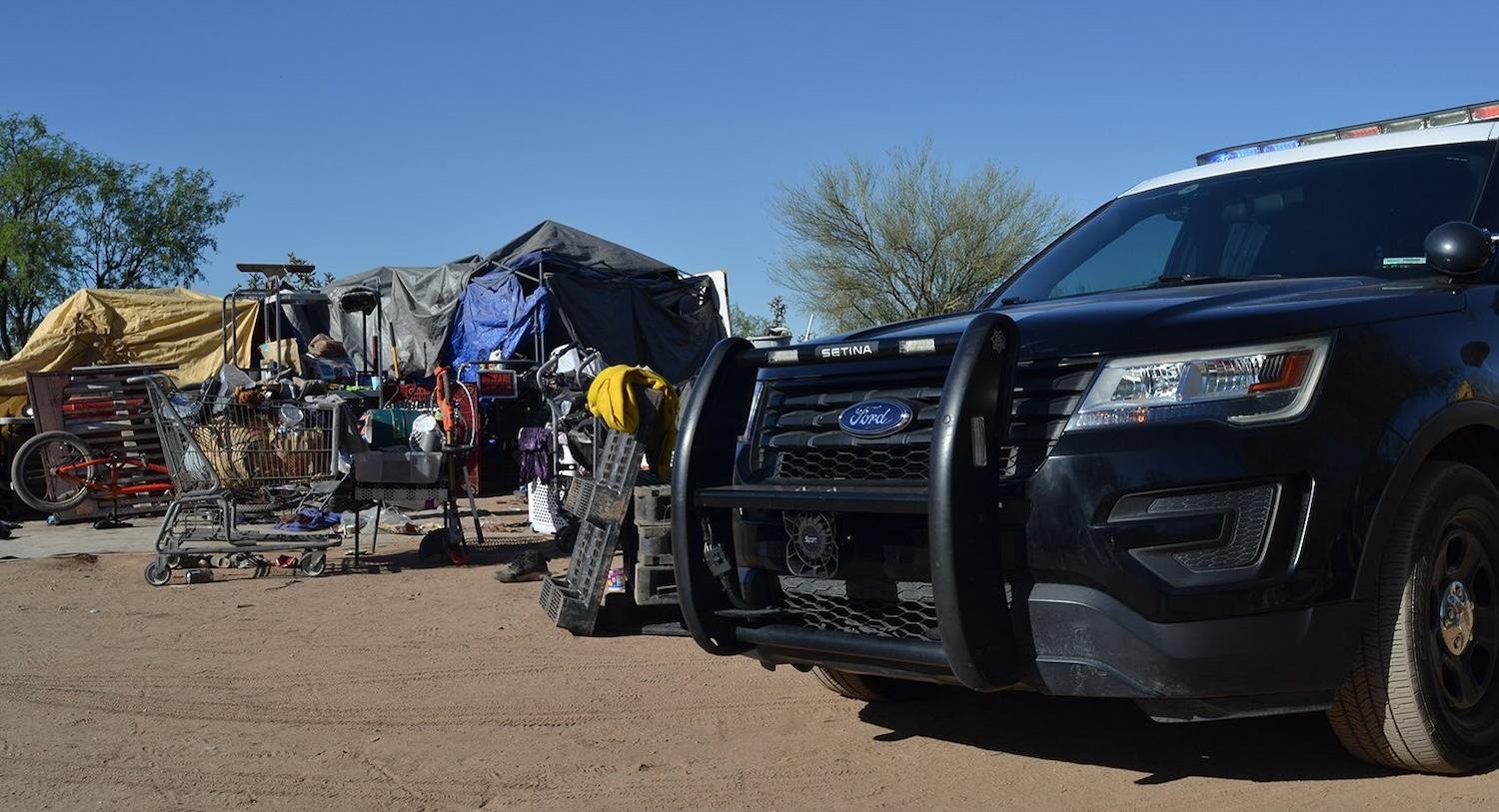Business
Tucson’s Homelessness Crisis: Unpacking the City’s Misguided Spending on Ineffective Solutions

Tucson’s handling of homelessness is drawing sharp criticism for its perceived ineffectiveness and resource misallocation. Memorialized as a troubling trend, city officials appear to prioritize costly tactics over meaningful care models that could serve unhoused individuals and the community better.
Recent expenditures highlight this concern. Instead of allocating funds to supportive services, Tucson invested nearly $200,000 to install large rocks in two Interstate-10 underpasses commonly used by unhoused residents. This initiative, characterized as a “pilot project,” aims to prevent people from resting in shaded areas but may instead worsen their situation. Reports suggest expanded installations could follow along Cushing Street.
City spokesperson Andy Squire defended the measure, arguing it enhances pedestrian safety in high-traffic areas. However, he failed to provide evidence, despite multiple requests, linking pedestrian accidents to these underpasses. Data from Tucson’s open records show only eight pedestrian accidents at these locations since 2012, raising questions about the basis for such a high-cost intervention.
The rocks near Cushing Street, a low-traffic zone, further complicate the narrative. Critics argue that these measures—termed hostile architecture—masquerade as safety improvements but essentially chase unhoused people from one location to another, rather than addressing underlying issues. Tucson has reportedly spent over $3.2 million on such “sweeps” in under two years.
Research supports these concerns. A study published in the Journal of the American Medical Association links hostile tactics to increased health risks, including rising overdose deaths and hospitalizations among unhoused populations. The study concluded that involuntary displacement does not yield positive health outcomes; instead, it magnifies existing social challenges.
Despite this evidence, city officials grapple with contradictory statements. While claiming that social services are available, they also lament inadequate funding. Assistant City Manager Liz Morales acknowledged the gap between need and outreach abilities in a recent interview.
A 2023 survey of unhoused individuals revealed troubling statistics. Of those assessed for housing, 58% were still awaiting responses, and a significant portion reported barriers in accessing services. This reveals a broken system rather than a committed effort to provide immediate support.
Calls for more humane solutions grow louder. Advocates suggest investing in outreach, expanding cooling centers, and enhancing mobile shower services to address the needs of Tucson’s vulnerable populations. Funding for comprehensive “one-stop shops” could provide essential services like first aid and housing application assistance.
The need for effective strategies is clear. If Tucson aims to resolve homelessness effectively, a shift from harmful practices to actionable, compassionate solutions is imperative.


















